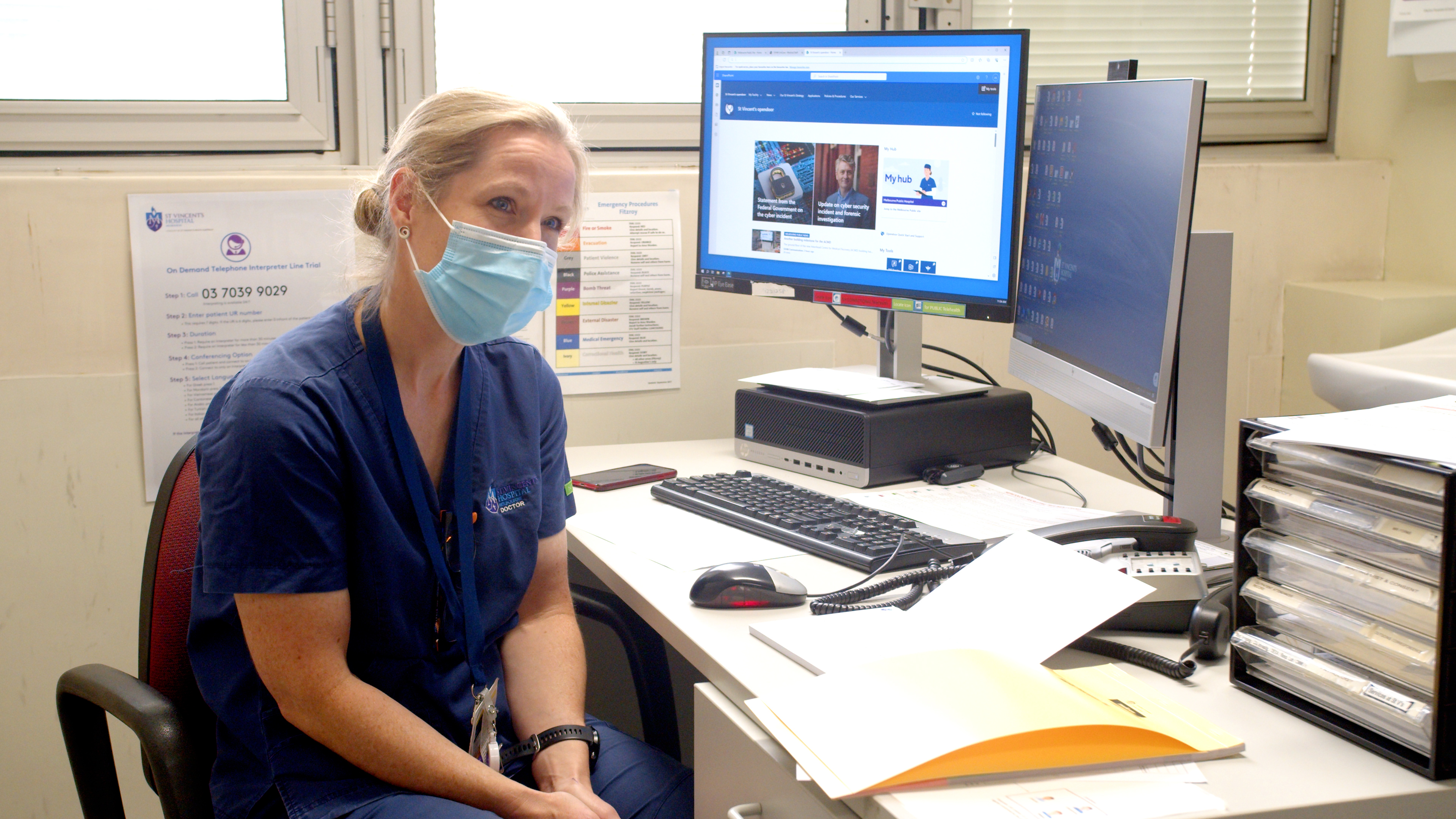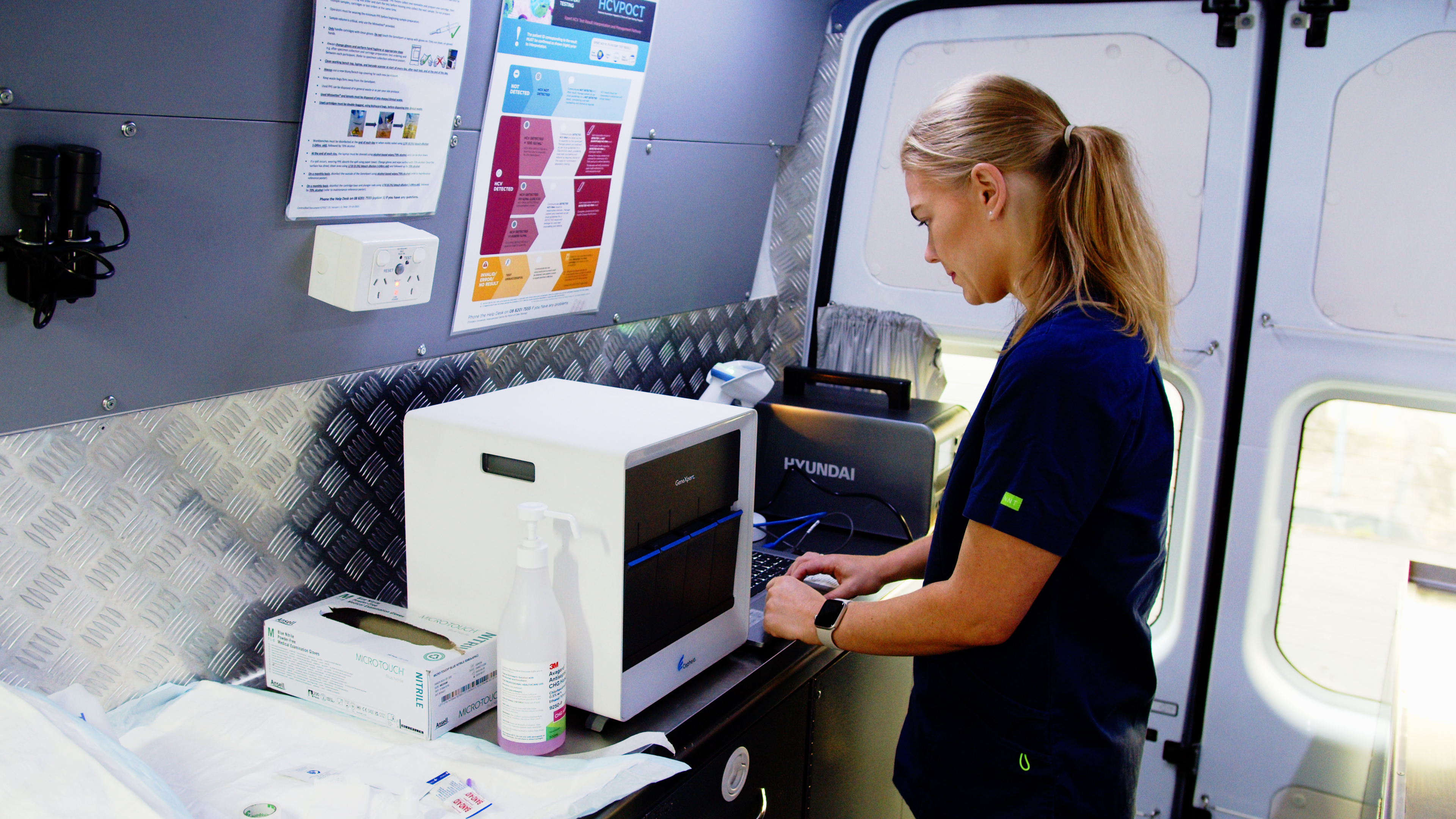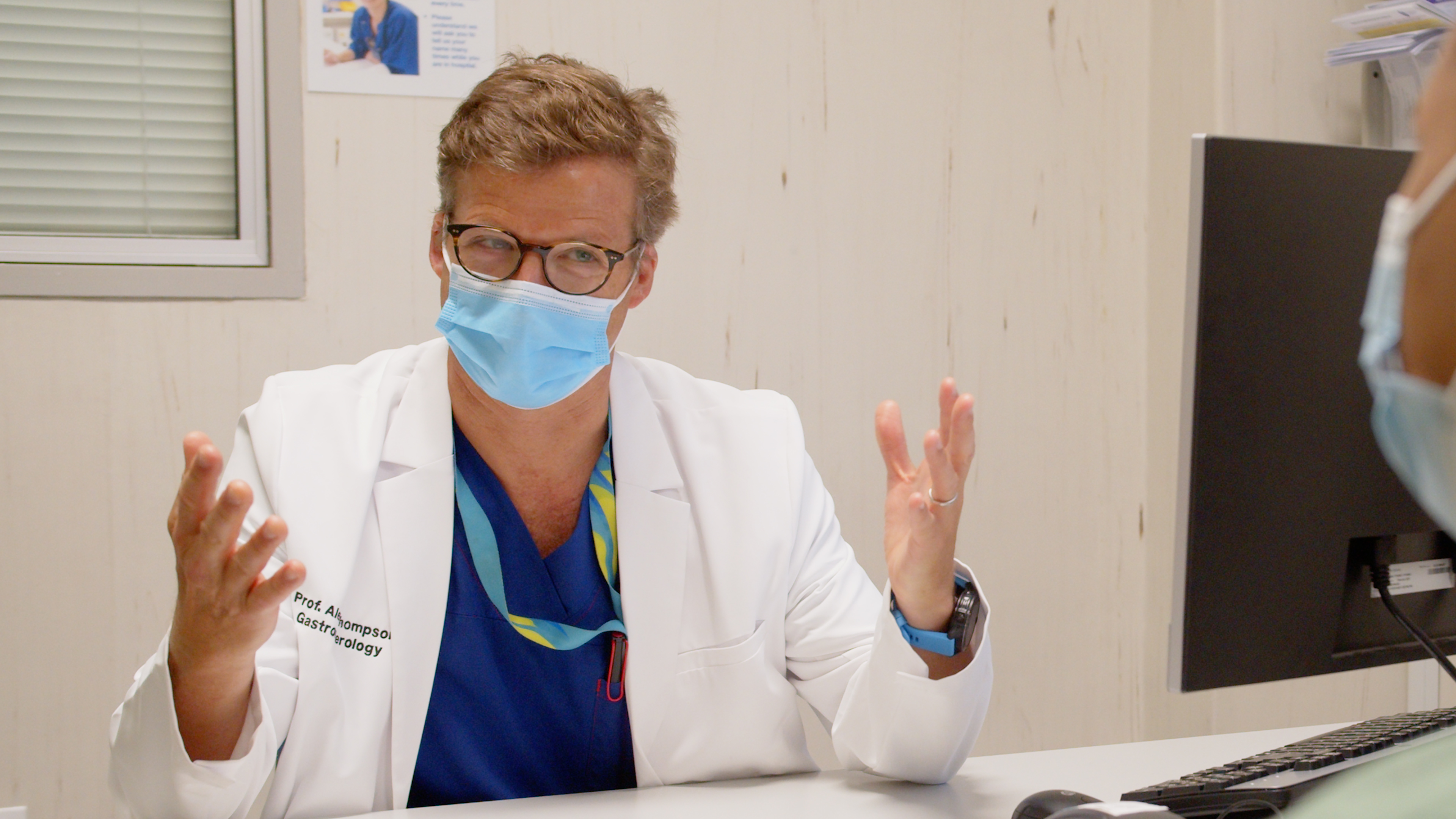St Vincent’s specialists are working to treat hepatitis and ensure no one gets left behind
Despite effective treatments and, in some cases, cures, hepatitis B and C are two of the most common causes of liver disease in Australia.
The estimated 300,000 people living with viral hepatitis are mostly members of marginalised or vulnerable population groups who face barriers accessing healthcare.
And with less than 1,000 gastroenterologists in the country, specialist care is in short supply.
St Vincent’s Hospital Melbourne (SVHM) is a leading centre for hepatitis treatment and research, where specialists are also upskilling the wider healthcare community to meet the challenge.
Hepatitis and healthcare barriers
“Hepatitis C disproportionately affects people who inject drugs,” said Associate Professor Jessica Howell, a hepatologist at SVHM.
"They are highly marginalised and often experience a lot of stigma and discrimination, including in healthcare settings.
“This makes it really difficult for them to receive the care they need.”
Hepatitis B, for which there is a vaccine, disproportionately affects Culturally and Linguistically Diverse (CALD) Communities and First Nations communities.
“Hepatitis B is very common around the world and particularly in countries where they haven’t had strong vaccination programs,” Associate Professor Howell said.
“People from those countries can migrate to Australia and not know they have the infection, because for most people both hepatitis B and C are clinically silent.
“It might be causing significant damage to their liver, but they may be completely unaware that they have the infection.”

Pictured: Associate Professor Jessica Howell.
A decentralised, nurse-led model of care for hepatitis C
In 2016, new treatments were registered on the Pharmaceutical Benefits Scheme (PBS) that can cure hepatitis C in most cases.
SVHM was involved in clinical trials that led to the breakthrough, which resulted in a large reduction of hepatitis C in the community.
Today, the challenge is to engage the population that is still living with the infection and move towards elimination.
In pursuit of that goal, new models of care have been designed to break down barriers to treatment for people who inject drugs.
“In 2016, an estimated 50 per cent of Australian prisoners with a history of injecting drug use were living with hepatitis C,” said SVHM Director of Gastroenterology Professor Alex Thompson.
“Working under contract to the Department of Justice and Community Relations and Justice Health, St Vincent’s has delivered an outreach service where hepatitis nurses attend prisons to assess and treat those that need it.
“This has dramatically reduced the time taken to be diagnosed and treated.
“Before the program, about 10 to 20 prisoners were treated a year. Since 2016, we have treated more than 3,000 prisoners.”
In the community, programs have focused on reducing other barriers.
This has included the ‘C No More Project’, run in collaboration with the Burnet Institute and Harm Reduction Victoria.
C No More is a nurse-led point-of-care testing program that bases a mobile testing van near community corrections facilities to facilitate same-day results and treatment.
“Point-of-care testing involves a finger prick test for viral hepatitis C that can turn around a result as quickly as within minutes,” said Professor Thompson.
“It is a model of care where someone can arrive at a clinic, have a result within an hour and potentially be started on treatment then and there.”
A point-of-care testing program has also been run at Richmond’s Medically Supervised Injecting Room (MSIR).
“Using this model of care at the MSIR increased testing rates by 250%, which led to a similar increase in treatment numbers,” Professor Thompson said.

Pictured: Hepatology Clinical Nurse Consultant Bridget Reid working in the C No More mobile testing van.
Hepatitis B: Upskilling the healthcare sector
Although there is an effective vaccine for hepatitis B, it is more common than hepatitis C in Australia.
Associate Professor Howell said there was an estimated 200,000 people living with the infection in Australia and only a small pool of specialists.
“Despite the absence of a cure, we do have effective treatments that suppress the virus and protect the liver long term,” she said.
“The critical issue is that we don’t have enough liver specialists to manage all those people.”
To upskill primary care providers to provide hepatitis testing, linkage to care and treatment, SVHM has developed a diagnosis and referral tool for General Practitioners.
"We’ve partnered with the Department of General Practice and the Department of Information Technology at the University of Melbourne to develop the tool that is embedded within the GP medical record,” Associate Professor Howell said.
“It walks GPs through the steps of diagnosis, establishing severity and providing a rapid response, as well as automatically connecting with the SVHM specialty clinic for support and further testing.”
Additionally, Associate Professor Howell said there was an active search for a hepatitis B cure.
“SVHM is key centre for clinical trials looking for new cures for hepatitis B and other treatment options to reduce the risk of liver cancer and liver cirrhosis, which is very exciting,” she said.
Changing outcomes for thousands

Pictured: St Vincent's Hospital Melbourne Gastroenterology Director, Professor Alex Thompson.
Given the number of people still living with viral hepatitis in Australia, Professor Thompson said a major measure of success for health interventions was their ability to change outcomes for large groups of people at once.
“That is the most profound thing for me,” Professor Thompson said.
“I have seen a change from a doctor treating one patient in a clinic, to now being involved with public health interventions that can limit transmission and have created models of care where we can treat thousands of patients over time."